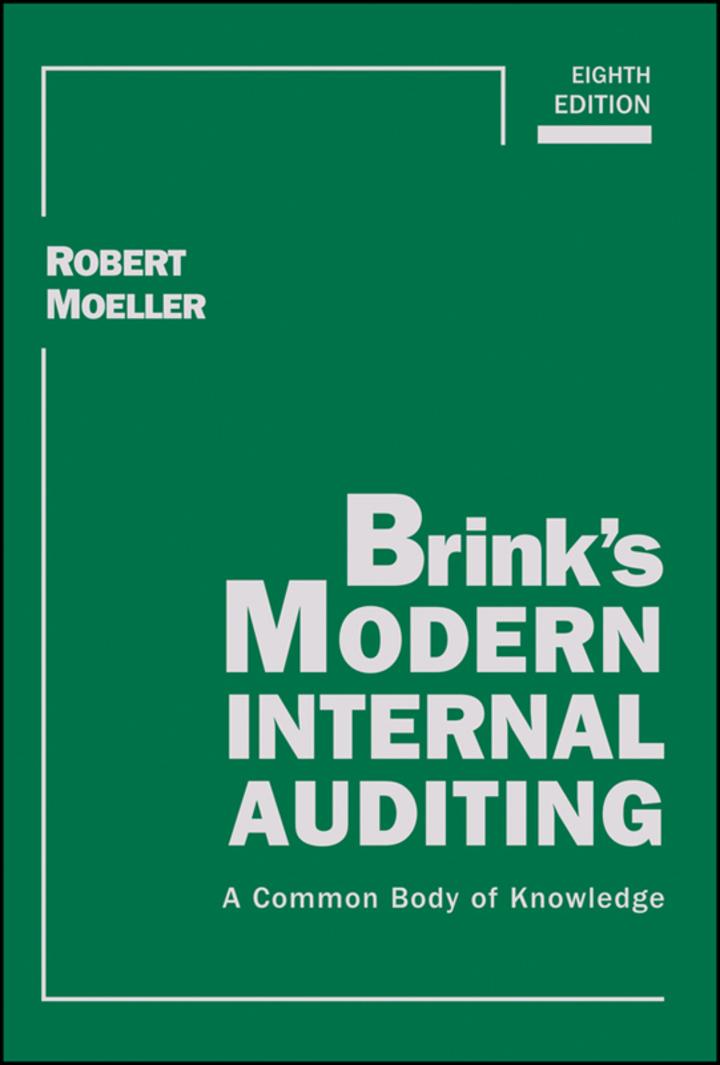Question
Q1. Gould Corporation uses the following activity rates from its activity-based costing to assign overhead costs to products: Activities Activity Rate Setting up batches $86.25
| Q1. Gould Corporation uses the following activity rates from its activity-based costing to assign overhead costs to products: |
| Activities | Activity Rate | ||
| Setting up batches | $86.25 | per batch | |
| Processing customer orders | $77.07 | per customer order | |
| Assembling products | $12.16 | per assembly hour | |
Data concerning two products appear below:
| Product V09X | Product A09X | |
| Number of batches | 69 | 12 |
| Number of customer orders | 20 | 9 |
| Number of assembly hours | 492 | 697 |
| How much overhead cost would be assigned to Product V09X using the activity-based costing system? |
A. $175.48
B. $121,278.33
C. $13,475.37
D.$5,951.25
_______________________________________________________________________________
Q2
| Angara Corporation uses activity-based costing to determine product costs for external financial reports. The company has provided the following data concerning its activity-based costing system: |
| Activities (and Activity Measures) | Estimated Overhead Cost |
| Machine related (machine-hours) | $280,440 |
| Batch setup (setups) | $297,480 |
| General factory (direct labour-hours) | $205,920 |
| Expected Activity | |||
| Activities | Product X | Product Y | Total |
| Machine related | 4,700 | 6,700 | 11,400 |
| Batch setup | 9,400 | 1,700 | 11,100 |
| General factory | 3,700 | 6,700 | 10,400 |
| Assuming that actual activity turns out to be the same as expected activity, the total amount of overhead cost allocated to Product X would be closest to: |
A. $297,480
B. $669,480
C. $372,000
D. $440,800
____________________________________________________________________
Q3.
| The controller of Hartis Company estimates the amount of materials handling overhead cost that should be allocated to the company's two products using the data that are given below: |
| Wall Mirrors | Specialty Windows | |
| Total expected units produced | 7,400 | 2,300 |
| Total expected material moves | 740 | 940 |
| Direct labor-hours per unit | 5 | 4 |
The total materials handling cost for the year is expected to be $17,810.60.
| If the materials handling cost is allocated on the basis of direct labor-hours, how much of the total materials handling cost should be allocated to the wall mirrors? (Round your intermediate calculation to four decimal places. Round your final answer to nearest whole dollar.) |
A. $37,000
B. $14,264
C. $10,717
D. $8,905
______________________________________________________________________
| Q4. Dace Company manufactures two products, Product F and Product G. The company expects to produce and sell 2,600 units of Product F and 12,000 units of Product G during the current year. The company uses activity-based costing to compute unit product costs for external reports. Data relating to the company's three activity cost pools are given below for the current year: |
| Activity Cost Pool | Estimated Overhead Costs | Expected Activity | |||||
| Product F | Product G | Total | |||||
| Machine setups | $ | 20,280 | 156 | 104 | 260 | ||
| Purchase orders | $ | 99,360 | 756 | 1,404 | 2,160 | ||
| General factory | $ | 58,880 | 1,330 | 1,230 | 2,560 | ||
| Required: |
| Determine the overhead cost per unit for each product using the activity-based costing approach. (Do not round your intermediate calculations. Round your final answers to 2 decimal places.)
Product F= Product G= |
Step by Step Solution
There are 3 Steps involved in it
Step: 1

Get Instant Access to Expert-Tailored Solutions
See step-by-step solutions with expert insights and AI powered tools for academic success
Step: 2

Step: 3

Ace Your Homework with AI
Get the answers you need in no time with our AI-driven, step-by-step assistance
Get Started


